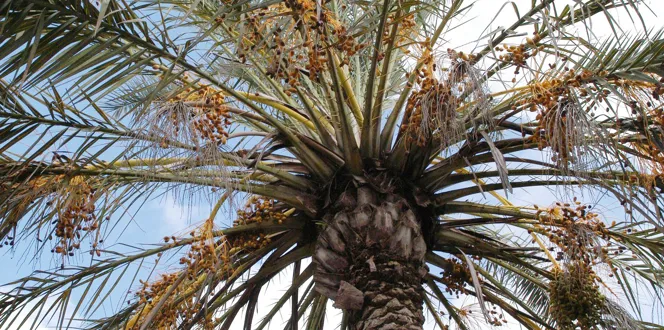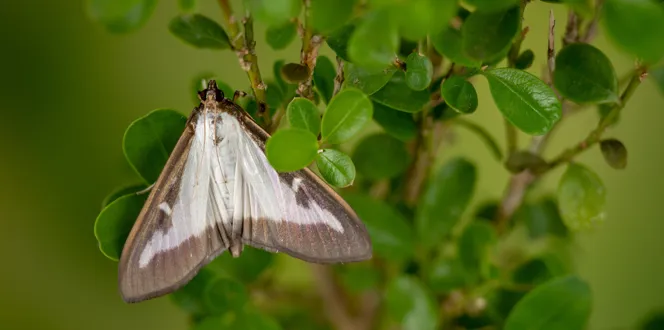As much as we all love to see beautiful blooms right at the start of spring, sometimes a tree just isn’t quite ready yet.
Trees have the ability to “sense” that it’s time to grow in spring by measuring the duration of light in a day and detecting a change in temperature. If the environment is right, they’ll start to sprout. But if it’s not, trees protect themselves by waiting for the right moment.
Read on to learn more about how trees know when to bloom in spring and why your tree might be stalling.
How trees know it’s time to grow in spring
Three key factors determine a tree’s bloom time.
- Available daylight hours: During winter, when the nights are long and dark, a tree can tell there’s not enough daylight to break bud. As the nights get shorter and daylight sticks around longer, a tree slowly but surely discovers when there’s enough light to start growing.
- Growing degree days: Also called GDDs, this is a way of guesstimating when a plant will grow in spring. Basically, every tree has a base temperature, or, the minimum temperature it needs to be before the tree can grow. Take that, and consider the average temperature of days throughout spring, and you can calculate the general time window a tree will start and finish sprouting.
- Genetics: They vary from tree to tree, and they play a role in growth rate. In other words, you shouldn't fret if your neighbor’s tree is blooming and yours is bare—they just have different DNA!
What do I do once my tree blooms?
Trees do a lot of work on their own to successfully leaf out in spring, but there are a few things they need from you.
- See if all the branches came back to life, or pinpoint any dead or damaged spots.
- Work with your arborist to set up a pruning schedule. Pruning isn’t just a “one and done” kind of job, it’s an essential practice that keeps trees free of dead, diseased or unsafe branches.
- Mulch your tree to help retain moisture, and fertilize to supplement the necessary nutrients.
When do trees leaf out in spring?
Trees ultimately leaf out when they know it’s safe to do so. Still, it’s possible to make an educated guess about when that might be based on where you live. Find out when trees typically bloom in each region.
If you have a late bloomer...
If your tree’s not leafing out when you expected, give it some time. A tree not blooming in early spring isn’t an automatic red flag. In fact, not leafing out might be exactly what a tree needs to do to avoid potential damage from a late frost. To drive the point home just one more time, trees need to wait for the right elements before they put out new growth.





